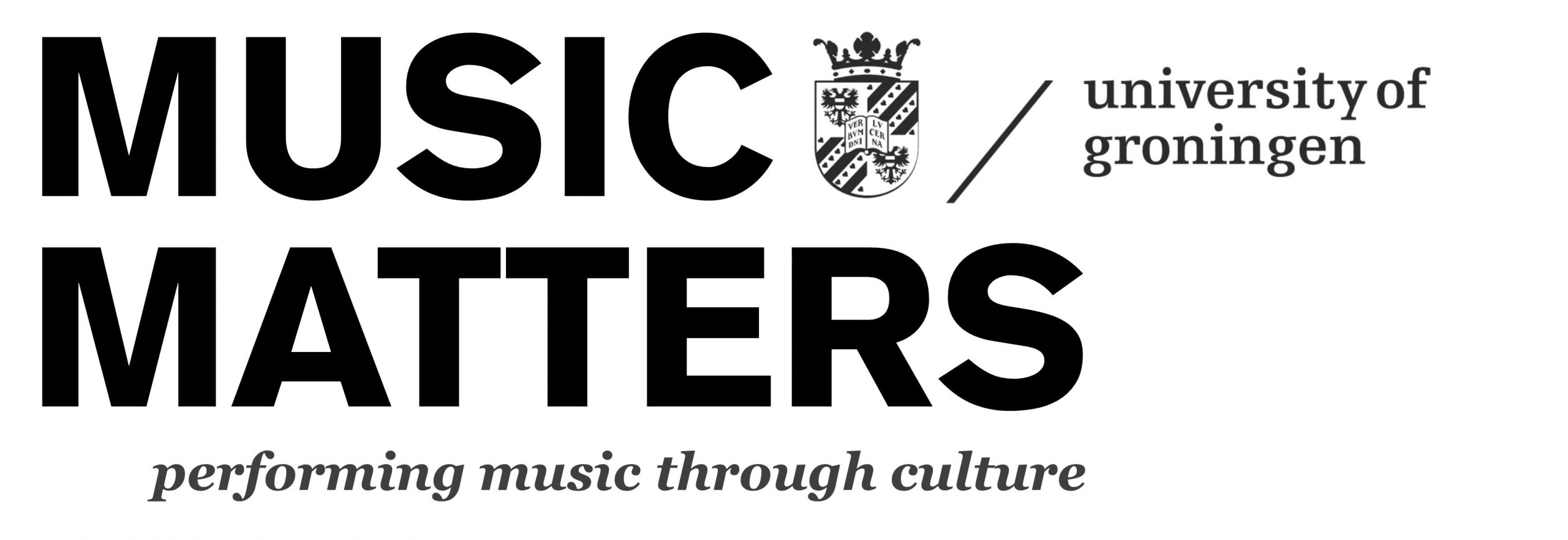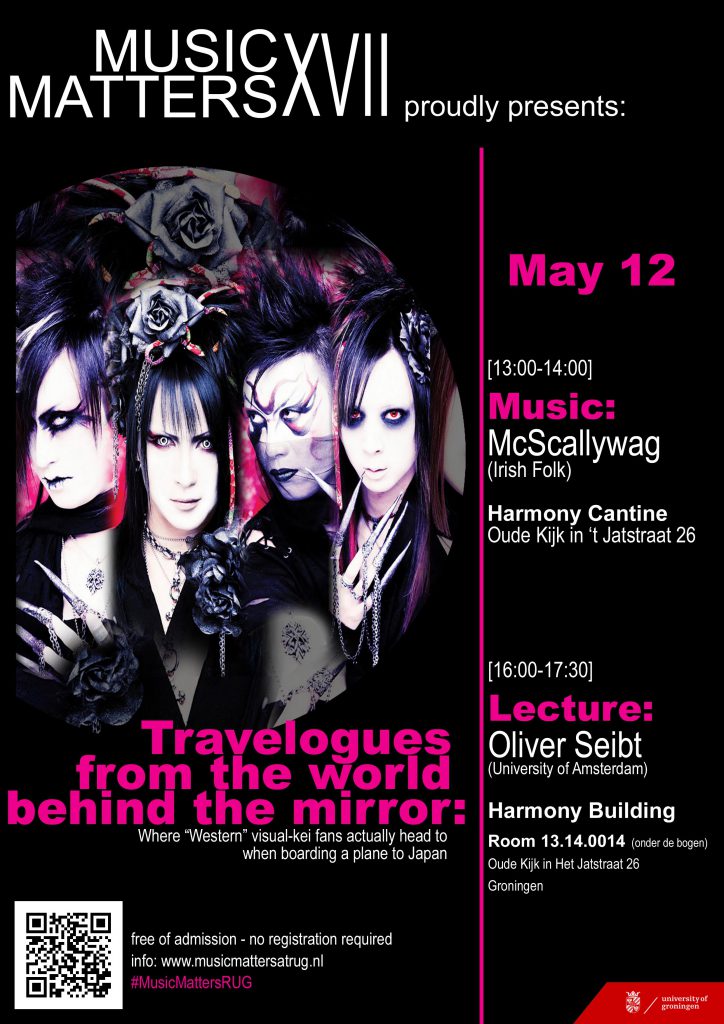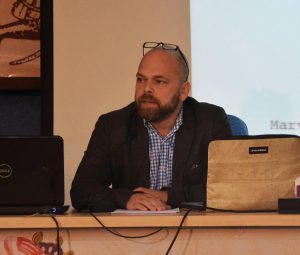The Department of Arts, Culture and Media is proud to host a lecture by Professor Dr. Oliver Seibt (University of Amsterdam, Cultural Musicology) on the theme of “Visual-kei, a variety of Japanese rock music that originated in the early 1990s”.
Friday, May 12th, 2017 [16:00-17:30]
Harmony Building, Room 13.14.0014 (onder de bogen) / Oude Kijk in Het Jatstraat 26, Groningen
Travelogues from the world behind the mirror: Where “Western” visual-kei fans actually head to when boarding a plane to Japan.
Visual-kei is a variety of Japanese rock music that originated in the early 1990s under the influence of American and European glam rock and glam metal. While until the turn of the millennium, Japanese pop and rock musicians rarely attracted Western audiences, in the late 2000s a second generation of Japanese visual-kei bands succeeded to win over a considerable fan base also in the Americas and in several European countries. With the “Visus” in Germany, an entire youth subculture formed up, based on the fascination especially of young German women for Japanese visual-kei. Though the bands by now also give concerts in Europe on a regular base, to most “Visus” a trip to Japan still means the ultimate fulfillment of their desire – even if Japan as a concrete location is of almost no importance in the band’s oeuvres, while quite a lot of the bands’ videos and record covers refer to historical European sceneries.
Based on a multi-sited field work in the Tokyo visual-kei scene and the German “Visu” scene, the presentation tries to answer the question what is the proper destination of those fans who actually sally out and invest a huge amount of time and money in a trip to … yes, whereto?
Oliver Seibt is assistant professor for cultural musicology at the University of Amsterdam since 2016. Before holding positions as interim or guest professor for ethnomusicology at the universities of Cologne, Frankfurt am Main, and Vienna, from 2009 to 2012 he worked as a post-doctoral researcher at the University of Heidelberg’s Cluster of Excellency “Asia and Europe in a Global Context”, where he was in charge of the musicological research project “Creative Dissonances” on the globalization of East and South Asian popular musics.
His research focuses on (the global spread of) Japanese popular music (e.g. “Asagi’s voice: Learning how to desire with Japanese visual-kei”, in Vocal Music and Contemporary Identities, ed. by Christian Utz and Frederick Lau, Routledge 2012, or “The (musical) imaginarium of Konishi Yasuharu or How to make Western music Japanese”, in Towards a global history of music, ed. by Reinhard Strohm, Ashgate forthcoming) and music in everyday life (Der Sinn des Augenblicks: Überlegungen zu einer Musikwissenschaft des Allt äglichen, Bielefeld: Transcript 2010).


